10 Historical Monuments to Visit in Georgia
Alaverdi
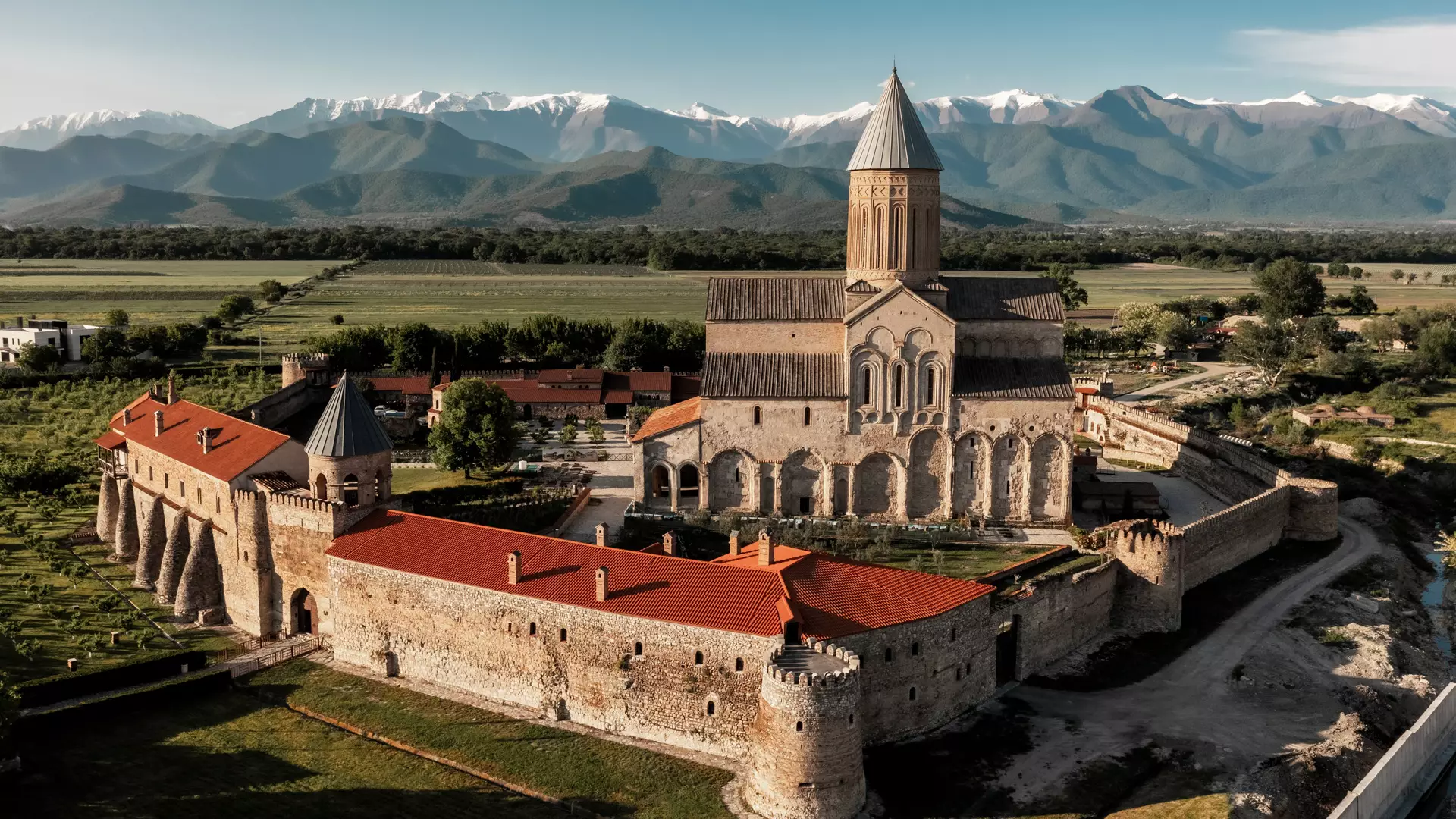
In Kakheti, in Alazani valley, in the Akhmeta region, at the bottom of the Caucasus mountains, sits one of the most famous Middle Age churches, Alaverdi. Alaverdi Chruch is named after one of the Assyrian fathers, Ioseb Alaverdeli.
Alaverdi used to be the highest church in Georgia until the construction of the Trinity Cathedral in Tbilisi was completed. Kakhetian Kings are buried here, maintaining the church’s cultural importance.
Gremi
Gremi is an XVI-century monument in Kakheti, Kvareli municipality. It is the large complex that unites the Archangels church, the bell tower of the palace, farm buildings, baths, a market, and caravanserai.
Gremi used to be the political, economic, and cultural center of Kakheti. In 1975, the complex was declared a museum-reserve. Archeologists discovered Bronze Age weapons, jewelry, statues of animals, ceramic items, warrior weapons, and other items.
Gremi was a large part of the life and tradition of kings, making it an ideal spot to study and feel Georgian culture.
Gergeti Trinity
The Holy Trinity monastery complex, called Gergeti Trinity, was built on the southern slope of the Mkinvartsveri glacier in Kazbegi, Stepantsminda. It was built in the 1430s and is still an outstanding example of Georgian architecture.
The complex is visible from the Tergi gorge and you can see the Mkinvarstveri glacier in the background. Gergeti Trinity is the largest church in Georgia located above sea level, at 2,170 meters and on July 16th, many people gather to celebrate “Gergetoba”.
Katskhi column
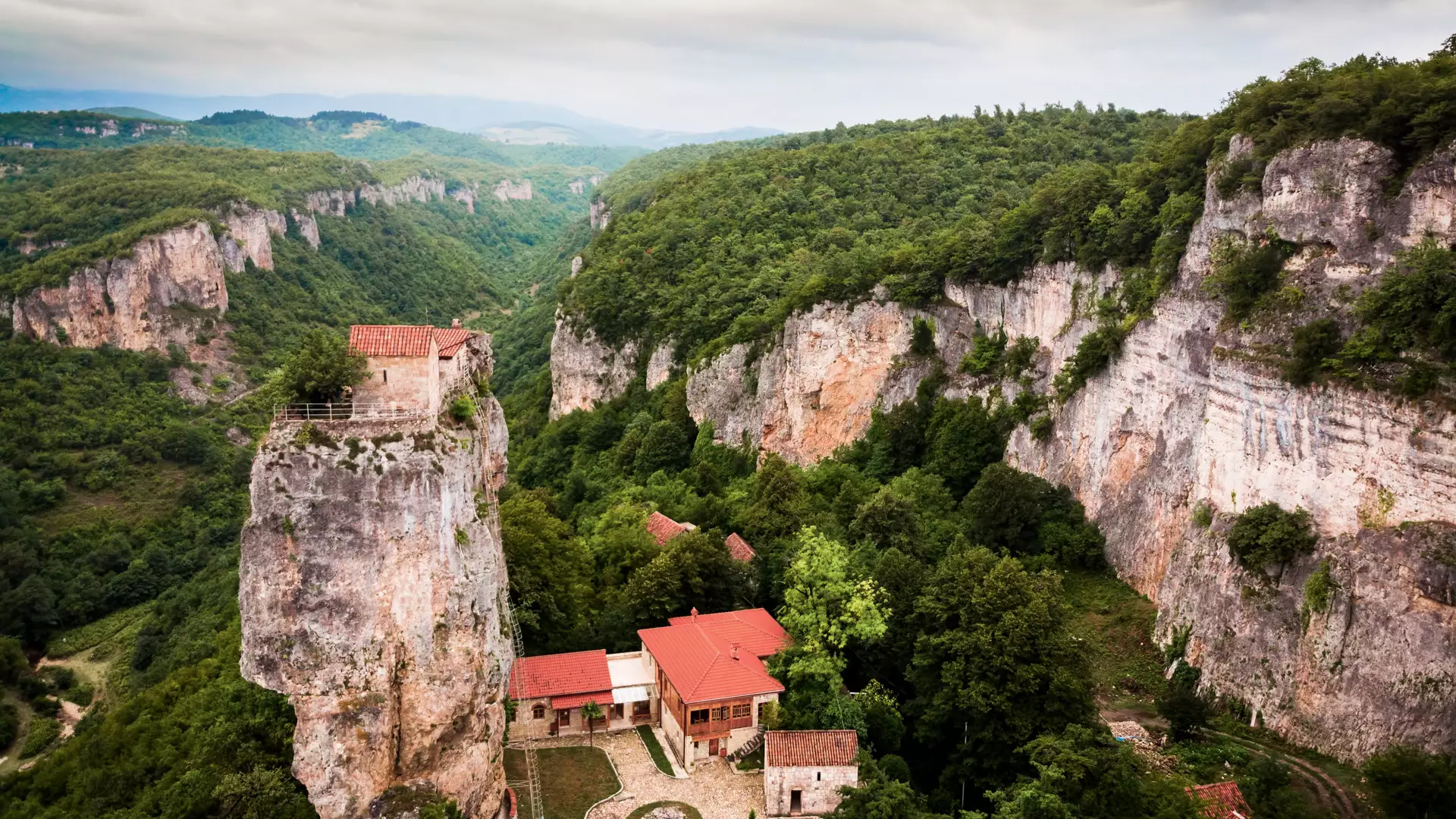
The church in the sky lies in Katskhi village near Chiatura, in the Imereti region. The Katskhi column is not only a historical monument, but also a natural monument. In the 1940s, the ruins of the churches and other buildings from the V-VI centuries were discovered 40 meters above the ground, on top of the limestone column.
Katskhi is the Svanetian word for “peak”. Currently, there is a church built on the top of the column where a monk resides and visitors are not allowed. At the bottom of Katskhi column, lie ruins of the early medieval church, and caves were discovered in the cliffs around the column.
Uplistsikhe
.webp)
One of the oldest settlements in the Caucasus, Uplistsikhe, is carved into the cliff to the east of Gori.
See the streets and squares, canals, tunnels, fences, and buildings cut into the cliff. Discovered artifacts from the early Bronze Age including necklaces, rings, and fragments of the vessels are now preserved in the Museum of Arts. One of the most important discoveries was the terracotta goddess statue, dated to IV-III centuries B.C.
In the VI century, the church was removed from the cliff.
Akhaltsikhe (Rabati) Castle
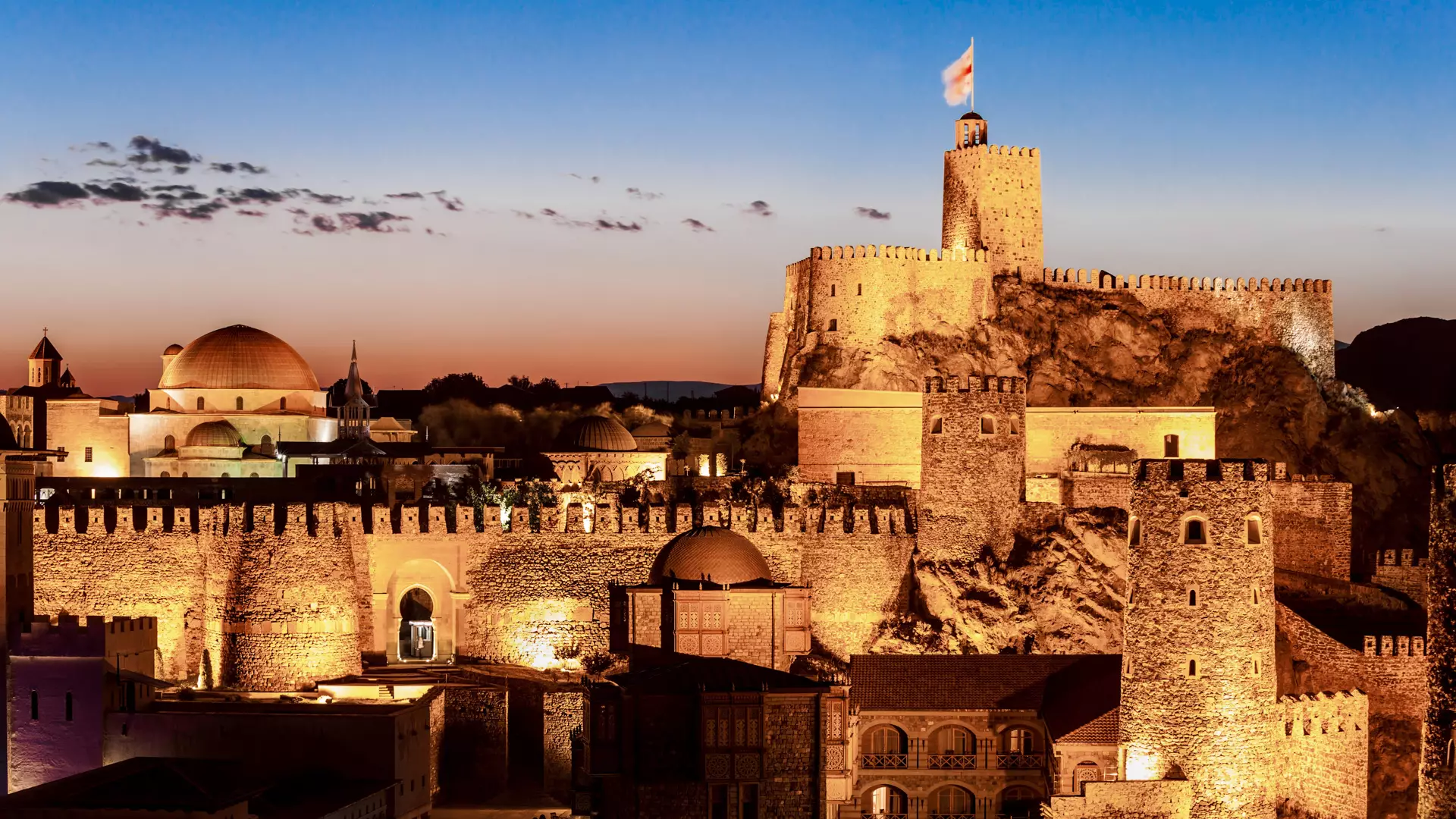
The history of this powerful fortress begins in the IX century. It was a defensive building in Samtskhe-Javakheti and the walls of which remember many heavy battles. In the XII-XIII centuries, it used to be the residence of Samtskhe Atabags, and today it is one of the most outstanding sights of Akhaltsikhe.
The fortress sits on a seven hectares area. Artistic buildings include the Citadel, Orthodox Cathedral, Mosque, Madrasa, Minaret, and the Palace of Jakelis, where the Samtskhe-Javakheti History Museum exhibition hall is located.
In 2012, the old fortress was restored, and today, the surrounding infrastructure is well-equipped for visitors.
Gelati
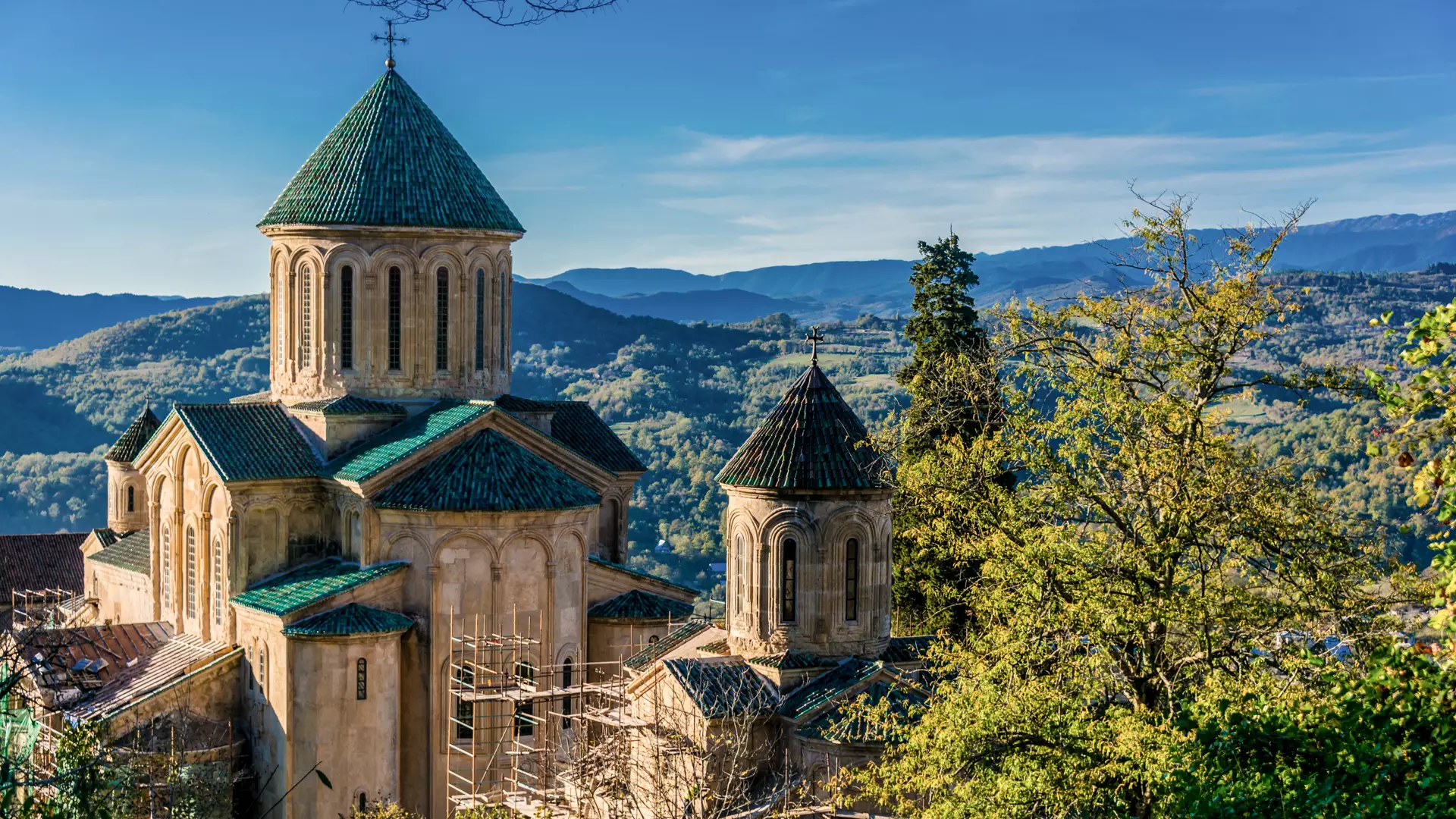
Gelati is in Kutaisi city. The complex was built in 1106 by the greatest Georgian king, David Aghmashenebeli.
Gelati used to be the most important cultural, educational, and religious center in Middle Ages. Here, King Davit Aghmashenebeli founded an academy, similar to the Byzantine academies and taught the same scientific disciplines. Gelati Academy existed until the first half of the XVI century, was revived in 1990, and today, it is a theological school.
Gelati Monastery is protected by UNESCO and is on the list of monuments of national importance in Georgia.
Great Georgian kings are buried here including, David Aghmashenebeli, Demetre I, Giorgi III, Bagrat III, Giorgi II, and others.
Vardzia
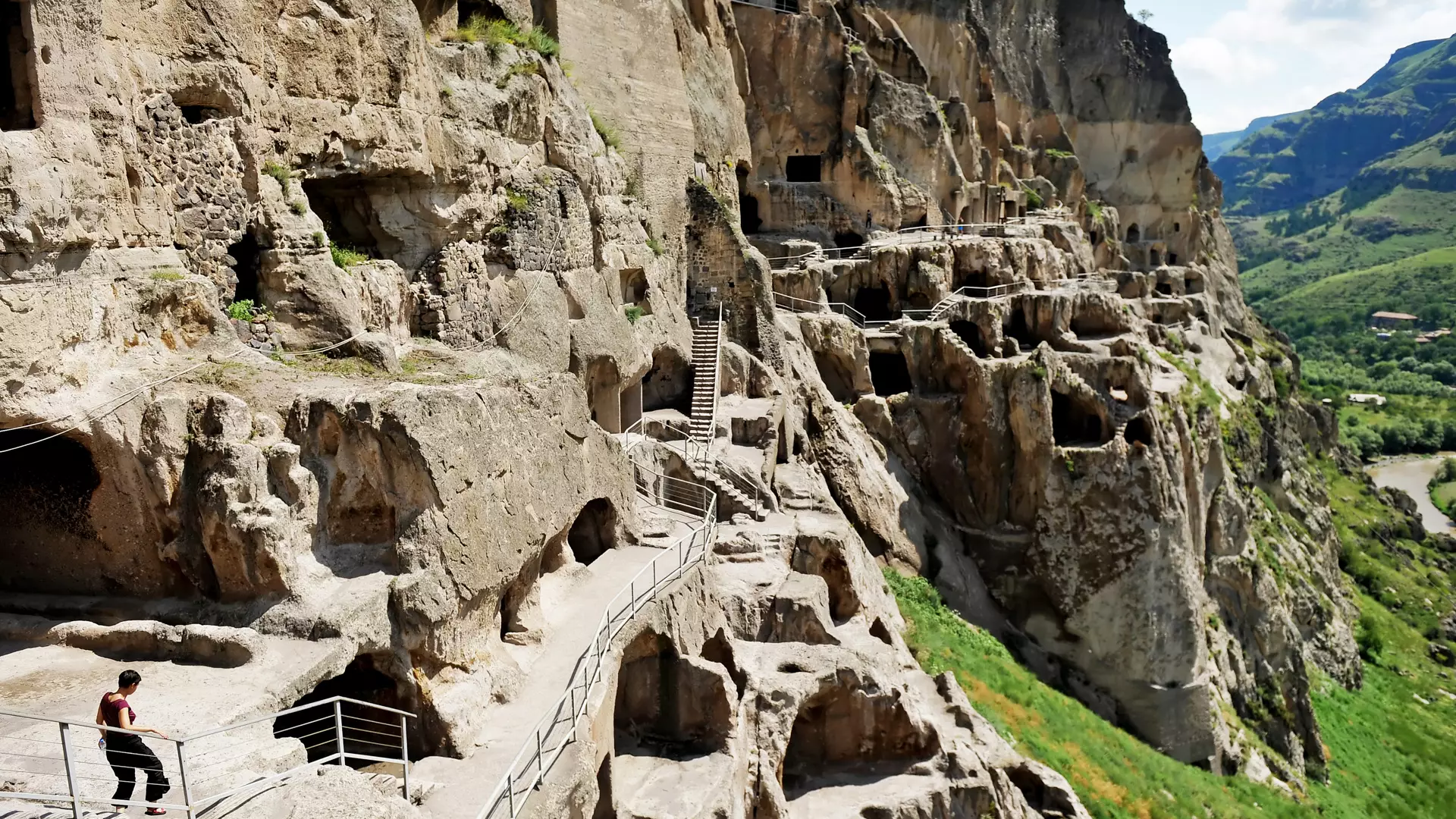
Vardzia is a monastery complex cut into a cliff in Samtskhe-Javakheti.
Named after King Tamar, Vardzia was built between 1156-1203 and used to be a royal monastery that played an important role in the political life of the country. The complex unites tunnels, churches, and cellars. Even in the XII century, it had a developed water supply system.
Vardzia is an immovable monument of a culture of national importance.
Davitgareja
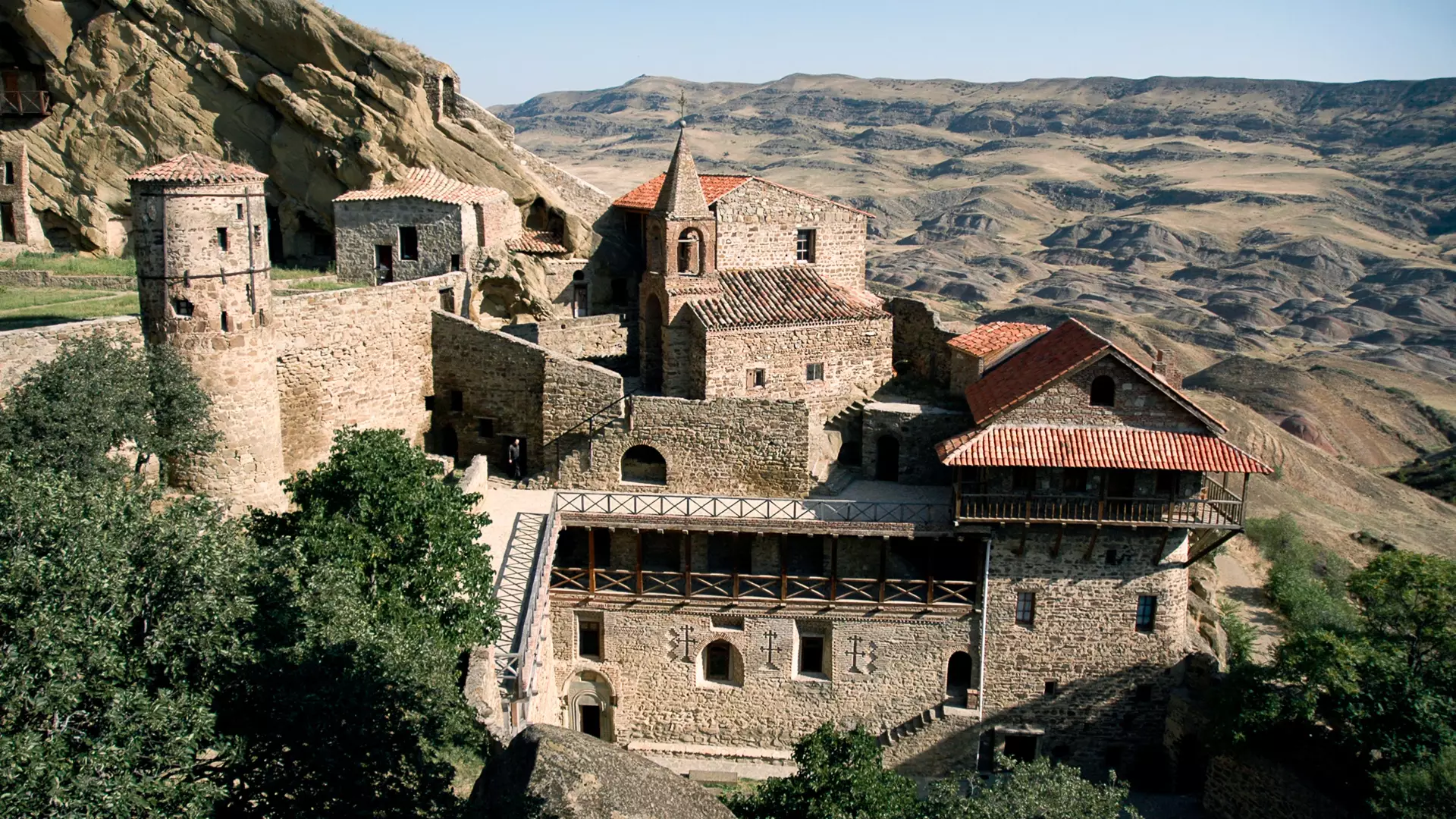
In the VI century, the Assyrian father Davit, founded a monastery complex on Sagarejo territory, now known as Davitgareja. It is a monastery complex cut into the cliff and it is priceless in terms of historical and artistic value.
The peak of construction for Davitgareja was the XI-XIII centuries when new monasteries, the terrace garden, new cells for monks, dining rooms, and churches were built. The complex also had a developed water supply system.
Narikala
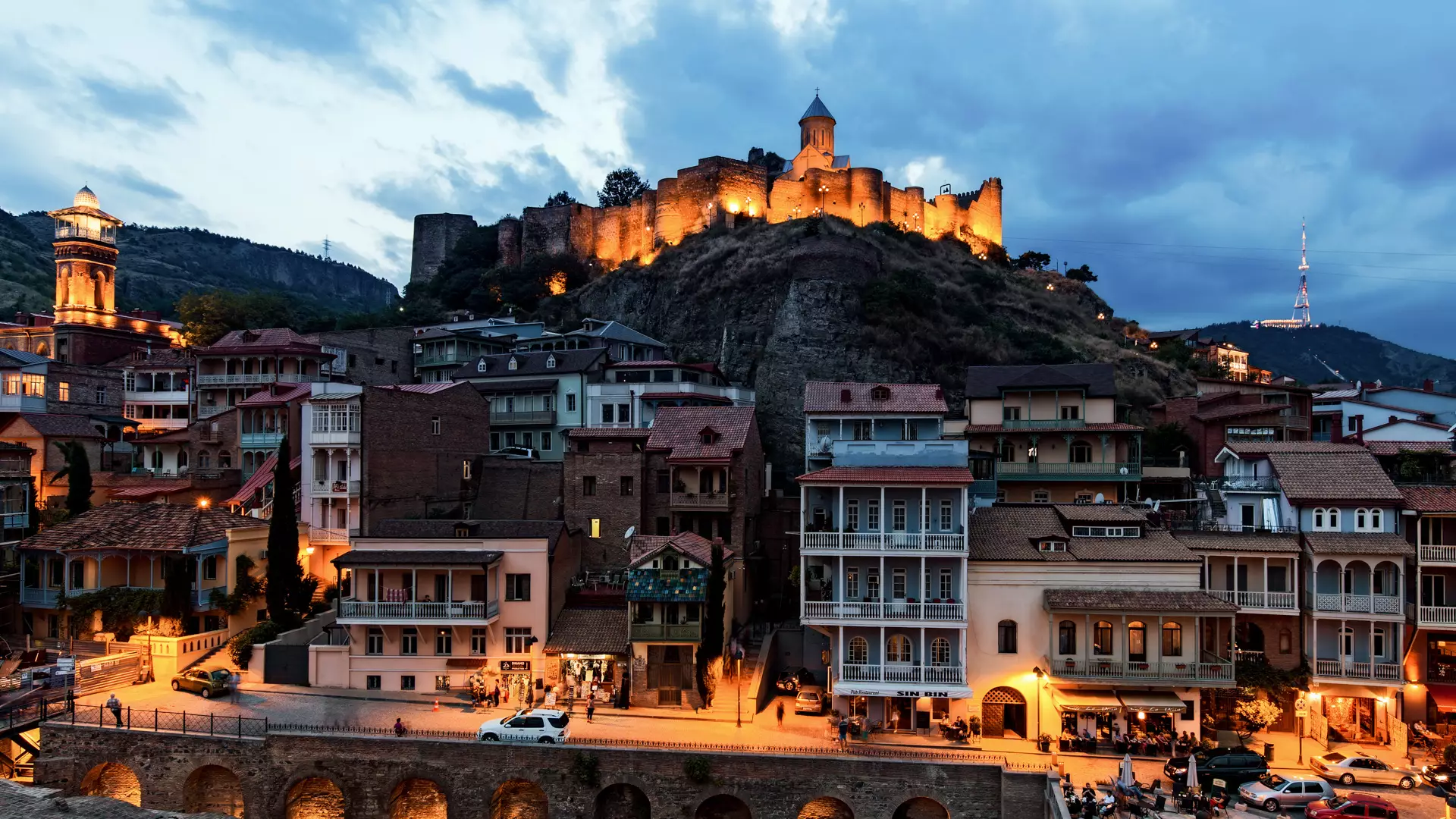
Narikala is the fortress overlooking Tbilisi from the Sololaki mountain range. The Narikala fortress was first mentioned in the historical records of Tbilisi at the end of the IV century. It is one of the most famous monuments of cultural heritage in Georgia.
Narikala was a hard-to-reach defensive structure with a strong fence, towers, and bastions. Today it is constantly visited by tourists and locals, as one of the symbols of Tbilisi.
Cookie Policy
